The sterak of fun and frolices in Tagore’s luminous person was amply mainifest in his children’s rhymes in Chitra-Bichitra (1954, deawn from Sahaj path, 1992), Khapchhada (1936) and Chhadar Chhabi (1937), rendered here in rhymes and meters as commensurate with Tagore as feasible. Interrogations and inquisitions between the curious child and her affectionate mother- or siblings-are liberally spelt out in Tagore’s Shishu (1903), Sishu Path, 1992), and Galpasalpa (1941),-rendered here in full rhymes and commensurate meters as near Tagore as possible.
All growing children have wish-fulfillment dreams and desires that Tagore dascinatingly drew in Shishu (1903), Shishu Bholanath (1922) and Chitra-Bichitra (1954, drawn from Sahaj Path, 1929), rendered here in free-flowing rhymes and metrical patterns as close to Tagore as possible.
Poetry of sheer magic, myth and mental fantasy can often have deep allegorical roots or have nuanced allusions to society and rural life, as seen in Tagore’s poems in Chitra-Bichitra (1954, drawn from Sahaj Path, 1992), rendered here in free-flowing rhymes and metrical patterns as close to Tagore as possible.
ABOUT THE AUTHOR Utpal K Banerjee
Dr. Utpal K. Banerjee's career is both varied and prolific. He has been an adviser on management and information technology for over thirty years and has an abiding interest in Indian art and culture. In 1998, he was sent by the Indian Council for Cultural Relations (ICCR) to lecture on art and culture in South America. Earlier lectures included those given in Canada and the USA in 1990 and 1995 when he was invited by ICCR and Kalabharati Foundation of Canada. His comprehensive book, Indian Performing Arts, has gone into several editions and another, Begali Theatre: 200 Years, has been published by the Publications Division, Government of India. His most recent works include Indian Performing Arts: A Mosaic and Indian Puppets. Dr. Banerjee's formal introduction to the visual and performing arts of the world came through several courses that he attended at the Extra-Mural department, University of Manchester, UK in 1969-72. He was National Project Director for the Indira Gandhi National Centre for the Arts (IGNCA) for a UNDP project on 'Multimedia Database for Art and Culture Documentation and Computerisation'. His articles appear regularly in India Perspective, Indian Horizons and The Pioneer. He has contributed to countless cultural programmes on the BBC, All Indian Radio and Doordarshan.


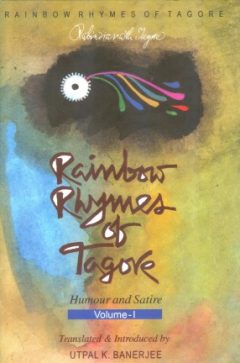
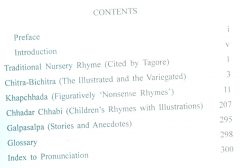
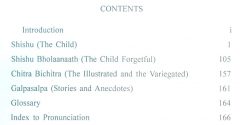
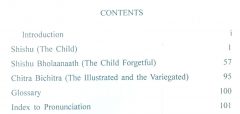
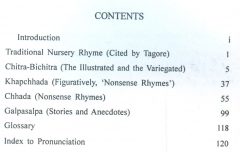
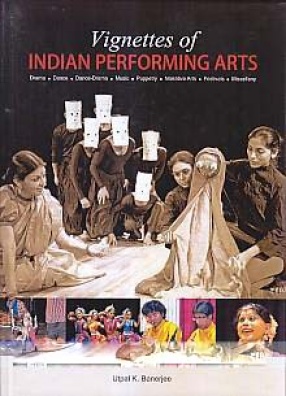
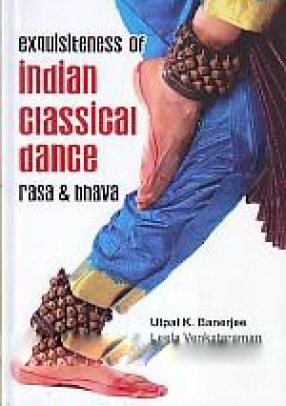
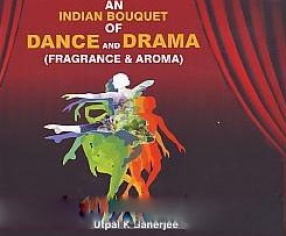

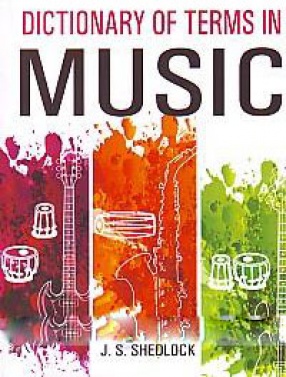
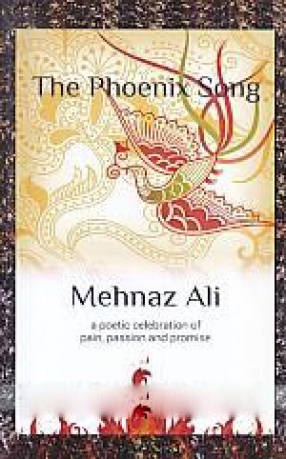
There are no reviews yet.